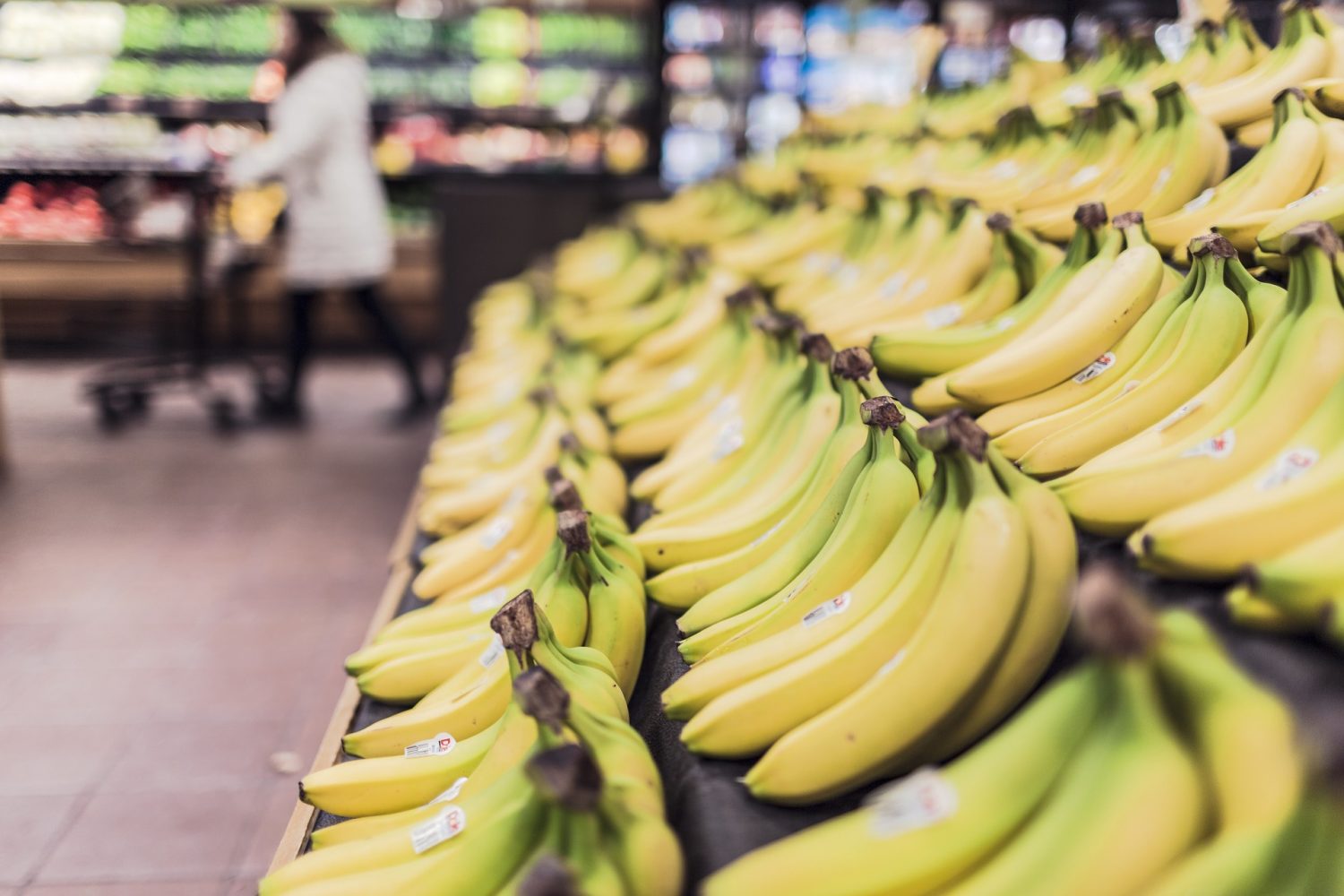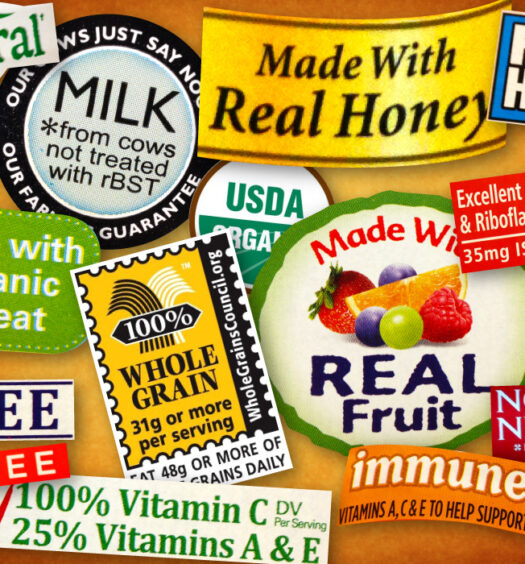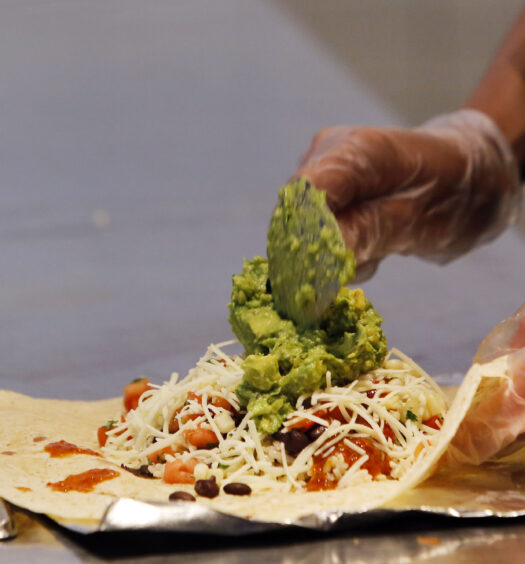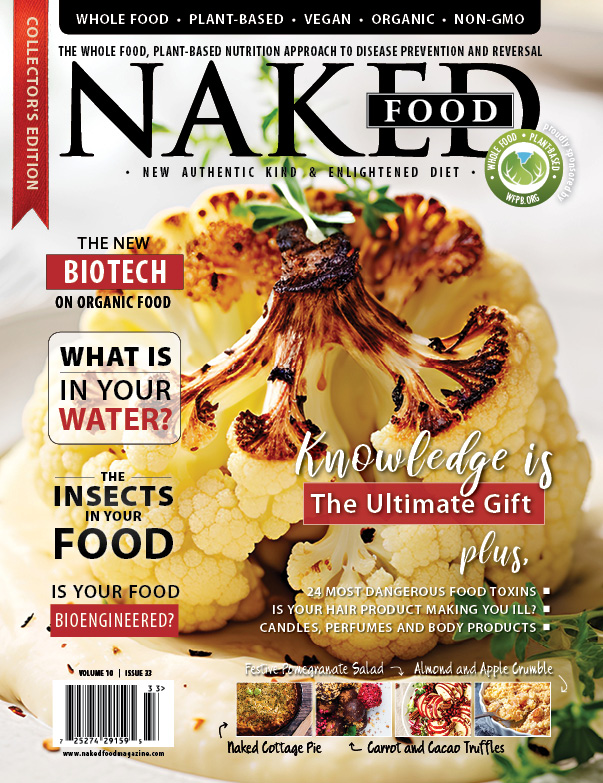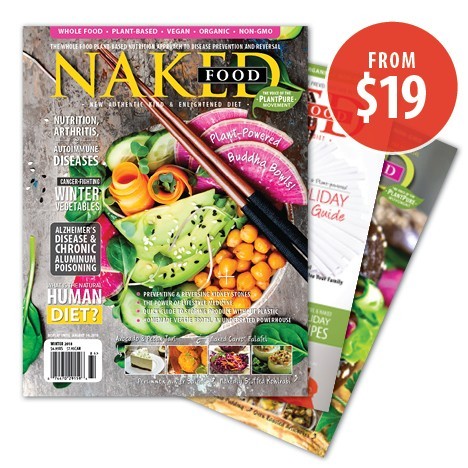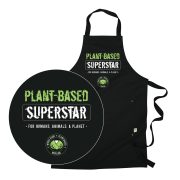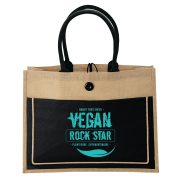If you’ve ever gone fruit or vegetable picking, you know there’s just something special about plucking the fruit straight from the tree and sinking your teeth into fresh juicy produce. You may also know that the produce you buy at the supermarket isn’t that fresh, but would you guess that you’re filling up your cart with year-old apples or 9-month-old carrots? Shocking as that may sound, you might be.
Grocery stores also employ the method of rotation of produce, so the new items are stocked in the back and the items on top are the oldest.
Another issue is that with the huge amount of fruits, vegetables, and herbs a grocery store keeps in stock on any given day, a fair amount of it goes to waste. According to Forbes, some of it ends up in the prepared deli soups and salads that are also sold as fresh and crisp.
Pre-cut and packaged produce is easy and convenient but when produce has already been cut, it’s been exposed to light, oxygen, and possibly heat, which affect its nutrient retention. It is also more expensive and may include parts of old produce that didn’t sell. That means you’re paying more for less nutrients, not to mention its shorter shelf life.
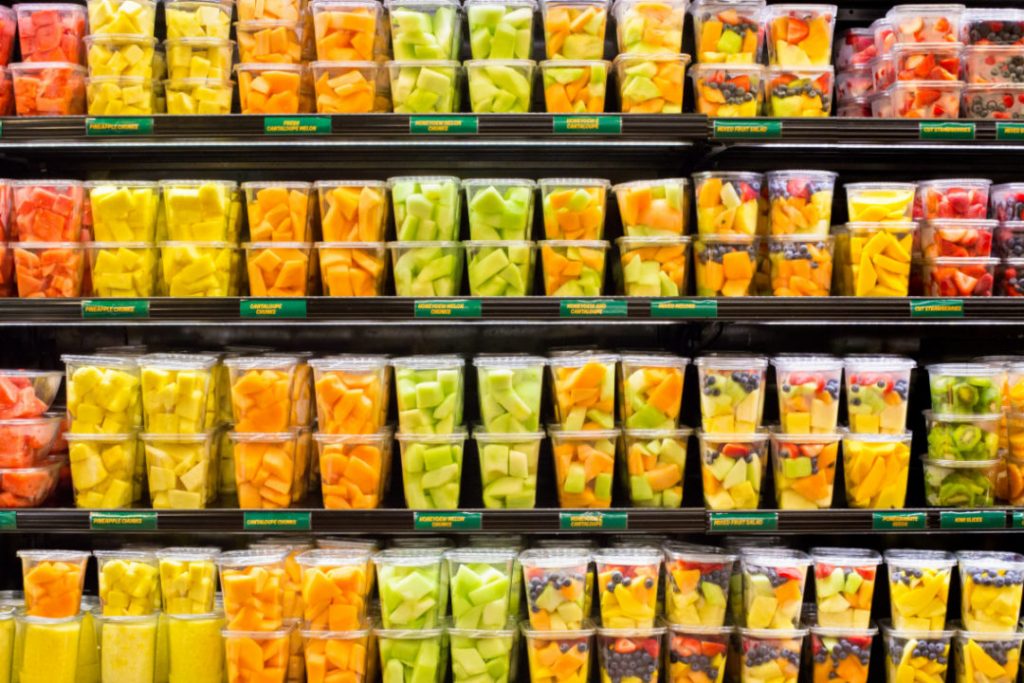
Adobe Stock Photo
Another concern with pre-cut produce is salmonella and E. coli coming from the same surfaces, utensils, and knives used to cut dairy, animal meats, and their carcases.
Old and chemical-laden? Well, when it comes to the freshness and quality of produce, preserving the purity of organic items also depends on how the produce in handled in the store. Whole Foods explains that two important rules must be followed to guarantee that your produce remains organic:
First, the store must prevent “commingling” of organic and not organic together in the stockroom. Second, stores must provide “verification that cleaning and pest control procedures do not leave residues or compromise organic integrity.” A grocery store worker on Reddit, who spilled the beans on their store’s way of handing pest control, said: “We put rat poison about everywhere and hope this somehow doesn’t get in your product.” Definitely toxic, unsanitary, and the opposite of organic.
Some produce might get coated in additional food-grade wax to help it stay fresh, retain moisture, and inhibit mold growth. According to the FDA, it is “perfectly safe” to eat. So why should we care if we’re eating perfectly safe wax-coated fruit? According to Dr. Joe Kemble, Professor of Horticulture at Auburn University. He explained to Best Food Facts, “One point to note about waxes is that they are indigestible by humans. Humans do not have the ability to break down waxes and absorb their various components. Waxes simply pass through our digestive systems untouched.” And since the wax is made to be water-repellant, rinsing won’t get rid of it. Unless you peel the fruit (where tons of nutrients are), it’s staying put.
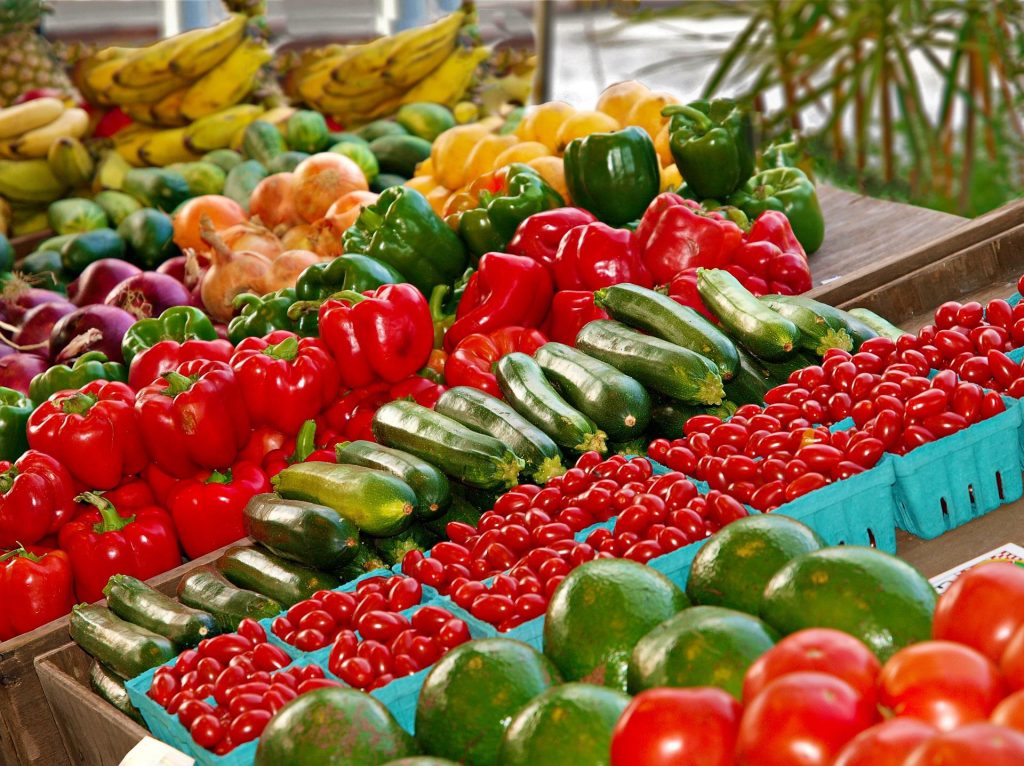
The conclusion? Change your shopping habits and find local farmers or farmer’s market that provides local, seasonal, and truly fresh produce. Eating locally-grown and seasonal fruits and vegetables is the way to go.
Ideally, try growing any of your fruits and vegetables. Also, learning natural food preservation such as dehydration, freezing, pickling, and drying are extremely useful and important to any household today more than ever before. This will help you store your foods longer and healthier and you will be in control of what goes in and on your food.
Here is a list of foods you’d find in a supermarket that are not so fresh after all.
Apples
Typical storage time: 6 to 12 months

Different apples need different controlled storage environments. For example, Honeycrisps are sensitive to low temperatures so you can’t put them in cold environments right after they’ve been harvested. And Fujis can’t take high carbon dioxide levels. Getty Images/Westend61 / Source NPR: https://tinyurl.com/appleprocessing
Harvested August to November, the fruit is placed in bins submerged in water so the apples float out.
At this ‘pre-sort’ stage, defective ‘culls’ are spotted and removed. Soap and chlorine are applied and rinsed off with hot water. Brushes clean and dry the fruit.
In the US: Wax is applied to add sheen and seal in moisture, after which the apples are hot-air dried. They pass along a conveyor belt and are photographed by two cameras; the images are analysed by computer for consistency of colour, shape and size.
According to NPR, harvest season for apples in the U.S. depends on the variety and the state, falling somewhere between early August and mid-November. So if it’s March, your apple was likely harvested months ago.
The fruit is graded and arranged in trays (Class 1) or bagged (apples for processing) – both by machine – then put in boxes and weighed.
The perfect combination of temperature and gases, which differs for each variety, allows apples to stay fresh for longer after harvest than if they were simply refrigerated. Commercially refrigerating apples only preserves the fruit for a few months before it gets soft and dehydrated.
Loaded on pallets, the fruit goes into cold storage – a sealed room where its respiration rate is slowed. Fruit for imminent consumption (November to January) is chilled to 0C. In longer-term controlled atmosphere (or CA) storage, the oxygen level is additionally lowered from 21 per cent-1.2 per cent, putting the apples to sleep for 6-12 months.
The apples are taken by lorry to a central depot, then the supermarket.
Lettuce
Typical storage time: 1 to 4 weeks
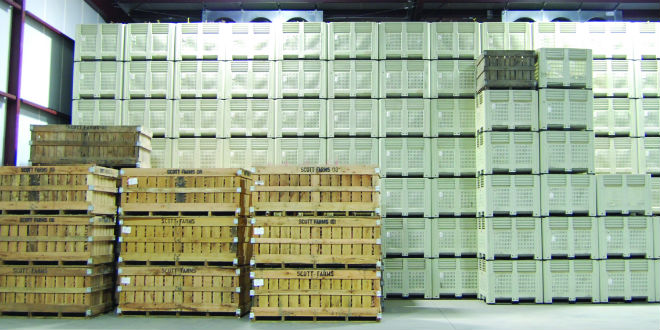
Source Vegetable Growers News https://vegetablegrowersnews.com/news/storage-techniques-transform-vegetable-industry/
Lettuce is harvested in warm weather. In the US, lettuce for shipping abroad is refrigerated for anything up to 4 weeks.
Heads of lettuce are packed in the field to avoid deterioration and damage. Then, the are wrapped or bagged in plastic, packed in boxes, and transported to the cold storage facility and cooled to 0C.
Lettuce for salad packs is cut and washed in cold water, dried by centrifuge, and mixed with other leaves.
Lettuce is often treated with a chlorine-based compound, antioxidant or preservative to prolong shelf life. It is placed in ‘pillow packs’, or Modified Atmosphere Packaging (MAP), in which levels of O2 and CO2 have been altered to slow deterioration. Then it is stored.
Typically, lettuce is sold in supermarkets 3-4 days after packing, which can be extended to 10 days.
Bananas
Typical storage time: 14 days
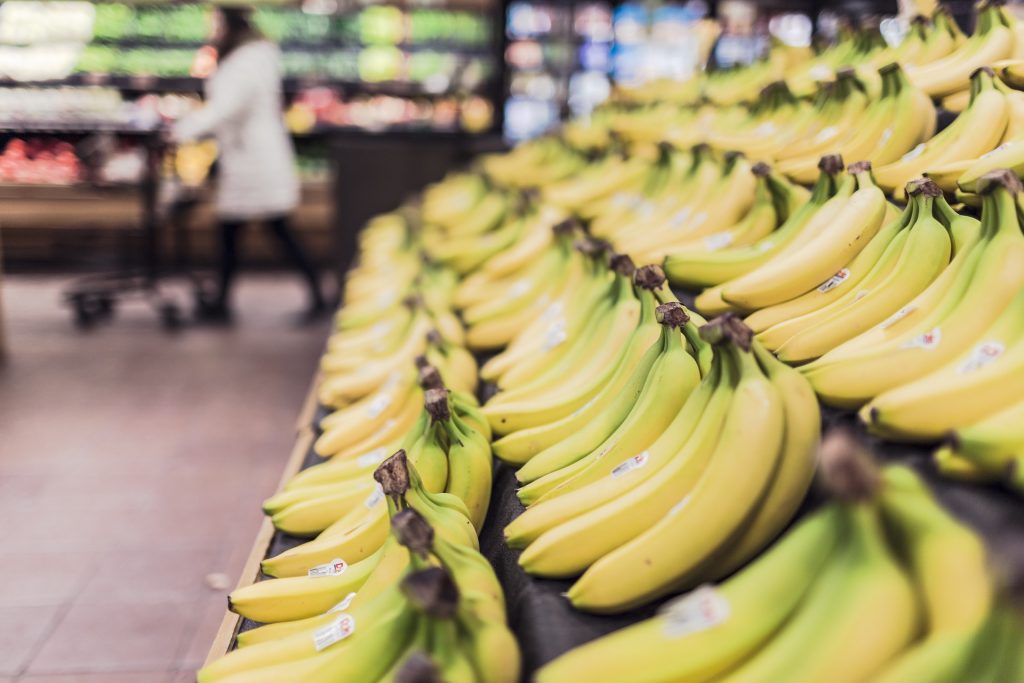
In the Caribbean, the bananas are washed in water, packed in cardboard boxes and loaded on to refrigerated ships at 14C within 36 hours. This inhibits ripening. The journey by sea to Britain typically takes 6 days.
The bananas are then loaded into ripening rooms when their pulp temperature is 11C. The room is sealed and heated for 12-16 hours until the pulp temperature reaches 17C.
Ethylene gas is discharged from cylinders or cartridges, catalysing the hormonal process of ripening. The room is kept closed for 24 hours.
The room is ventilated with extractor fans to clear the ethylene, then resealed for a further 3-4 days at 17C. The temperature inside the fruit reaches twice that, and large volumes of C02 and other gases are produced as the bananas ripen.
The ripe fruit is removed and transported to the supermarket.
Tomato
Typical storage time: 1 to 6 weeks
In the UK, greenhouse tomatoes are harvested from March to November, with imports from Spain, Portugal and the Canary Islands. After harvesting, they are chilled to take the ‘field heat’ out of them.
When ripening, temperature is critical: if too high, the intense red colour will fade; if too low (10C instead of 12C), the tomatoes will lose flavor and aroma, ripen slowly and suffer chilling damage, like frostbite.
Shelf life in the UK for softer, fruitier varieties is five days, rising to seven days for thick-walled, ribbed types.
In the US, mature green tomatoes in CA storage (low oxygen, high nitrogen) have are kept for up to six weeks.
Potato
Typical storage time: 2 to 12 months
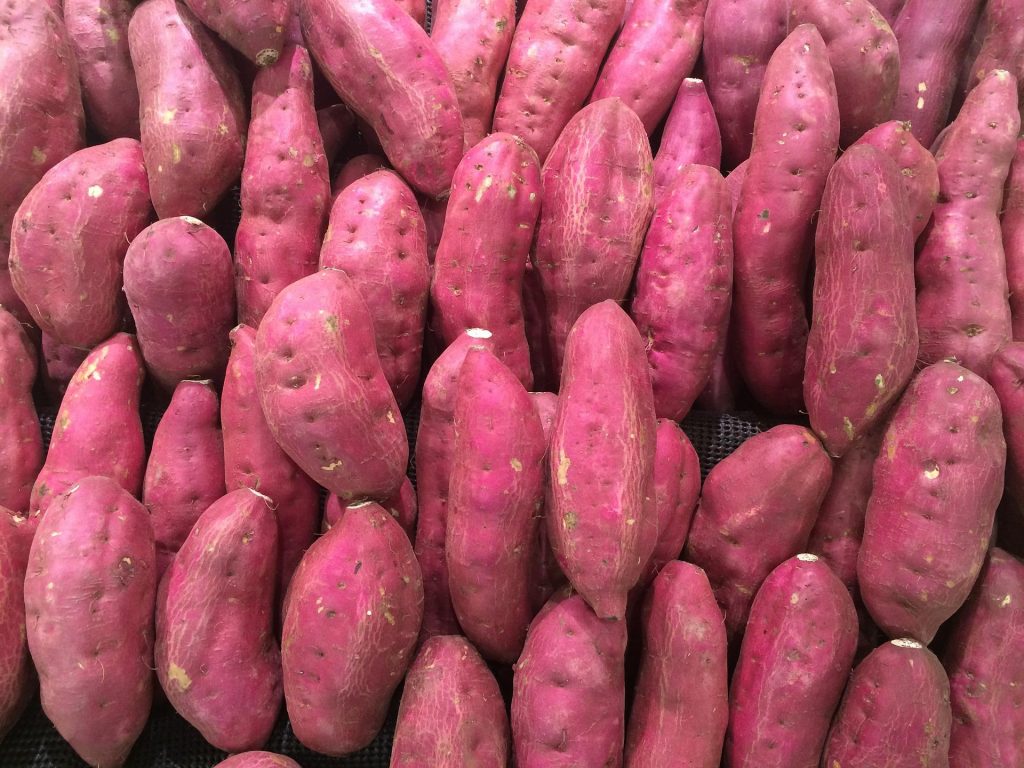
Most potatoes will keep for up to a year if they are first ‘cured’, by storage at moderate temperatures (20C) and high humidity (80-100 percent) for 1-2 weeks.
Those harvested in the winter must be warmed up to cure them; a process known as ‘sweating’. The temperature is then lowered to a maintenance level of 2-3C.
In potatoes intended for long-term storage, a chemical sprout-inhibitor spray may be applied in the field, during grading or in the cold store.
Carrot
Typical storage time 1 to 9 months
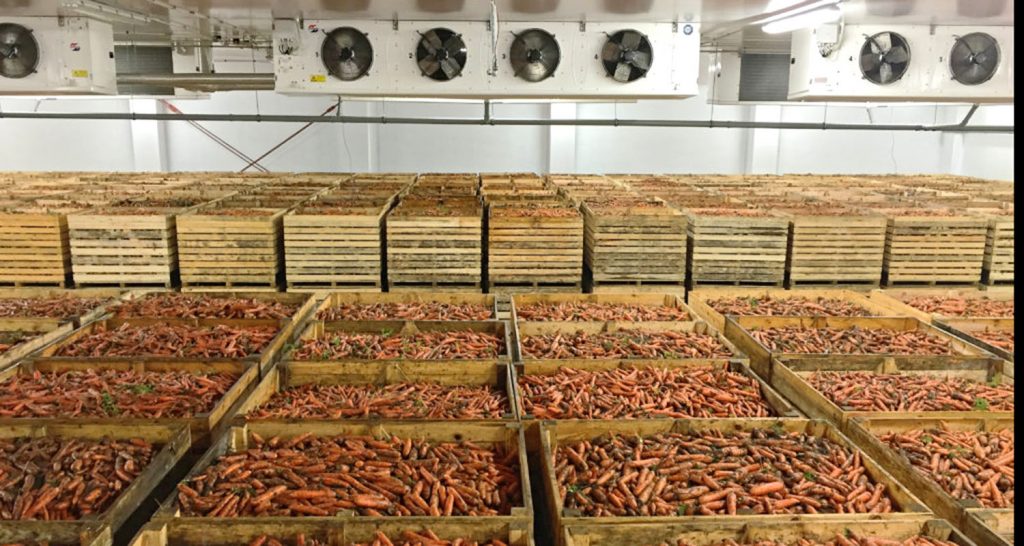
Image Source: www.eho.eu
Immediate washing and cooling are essential to maintain the carrots’ crispness. They are often cooled in chlorinated water before packing.
Storage just above 0C inhibits sprouting and decay, while raised humidity prevents desiccation.
In these conditions, mature topped carrots will last 7-9 months, though 5-6 months is more typical.
Plastic / cellophane packs of baby carrots will last two to three weeks. Bunched carrots are highly perishable due to leaf being present; they will store for 8-12 days if stored and shipped with shaved ice.
Source: The Guardian (https://www.theguardian.com/)


